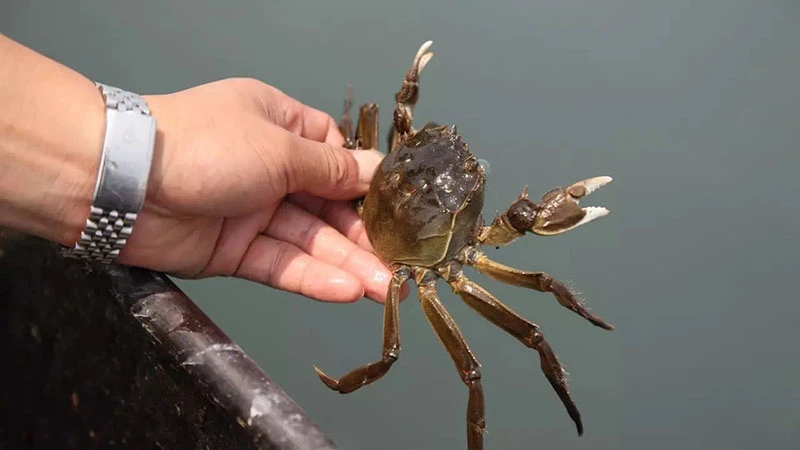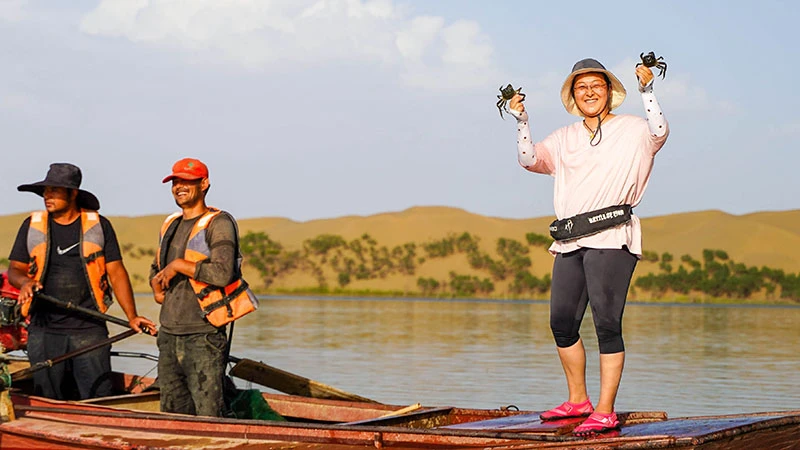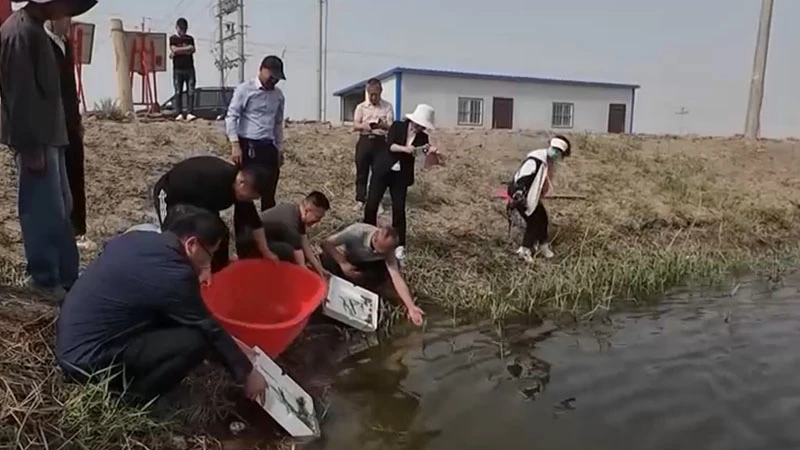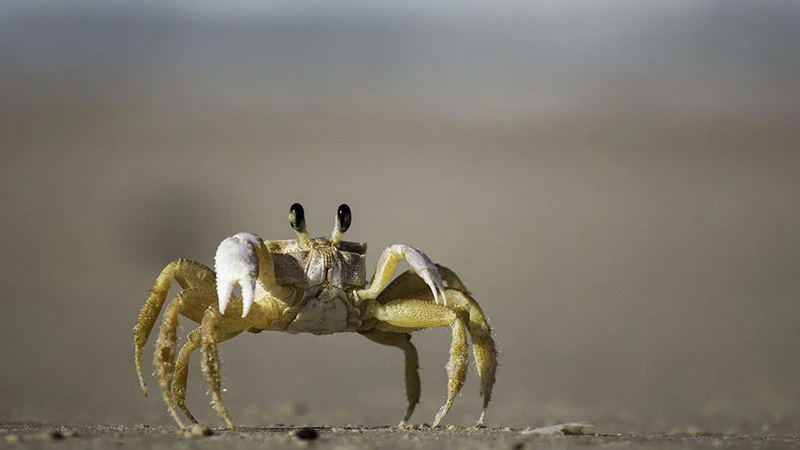The Taklamakan Desert, known for its unforgiving landscape, is the last place most would expect to find a thriving aquaculture industry. Yet, against all odds, the desert sands of Hotan County in Xinjiang, China, are now home to a booming crab farming operation. With technical expertise and innovative agricultural practices, local farmers and researchers have managed to transform salt-laden sands into a source of prosperity and opportunity.
The initiative, driven by the unique salt-rich soil and fresh river water, has introduced large-scale crab farming to a region where the environment otherwise resists typical agricultural efforts. This success story represents a blend of science, local determination, and nature’s unlikely gifts that together create a remarkable example of sustainable farming in a challenging ecosystem.

The Unique Qualities of the Taklamakan Soil
The land along the edges of the Taklamakan Desert is characterized by a high salt content that normally impedes vegetation growth. Yet, this seemingly inhospitable feature has become an advantage for aquaculture. Technicians discovered that these salt levels are not only tolerable but beneficial for crab farming. The saline environment enhances the texture of the crab meat, giving it a firmer, more flavorful quality that appeals to consumers.
With this knowledge, local farmers began experimenting with aquaculture methods in desert-adapted water channels and shallow ponds. The primary water source for these operations is the Yulong Kashi River (玉龙喀什河), which supplies fresh water during the rainy season. By channeling this water into salt-rich ponds, farmers can create a habitat that closely mimics the coastal environments where crabs typically thrive.
This innovative combination has proved effective. Earlier this year, approximately 30,000 tons of crab seedlings were transported from Jiangsu, a coastal province known for its aquaculture, to Hotan County. After a season of cultivation under the desert sun and the careful supervision of aquaculture experts, these crabs have reached maturity and are now ready for market.
From Local Experiment to Regional Industry
Crab farming in Hotan is not merely a local curiosity; it represents a broader transformation across Xinjiang. With over 1.1 million acres of inland water area, the region has significant potential for developing aquaculture. Of this, nearly 514,000 acres have been deemed suitable for fishing and farming, placing Xinjiang among the top regions in China for inland water resources. This abundance has inspired the construction of several aquaculture bases, each experimenting with species ranging from crabs to salmon, tilapia, and shrimp.
Farmers in Hotan County have been at the forefront of this movement, thanks to guidance from experienced aquaculture professionals. By following techniques that leverage the natural soil composition and water cycles of the area, local farmers have begun to view aquaculture as a stable source of income. This year alone, the region is projected to harvest approximately 14 tons of crab, marking a milestone for Xinjiang’s rapidly growing aquaculture industry.
The success of these farming ventures is reflected in the increasing number of commercial buyers. Freshwater crabs from Xinjiang have quickly gained popularity, with demand surging both online and in physical markets. According to a spokesperson from Shengyuan Seafood Company, an aquaculture business in Xinjiang, crabs and other fresh seafood varieties are selling at record rates. Many of these species are in high demand year-round, with peaks during traditional Chinese festivals like Mid-Autumn Festival, when fresh seafood is a popular purchase.
This surge in sales reflects the broader economic benefits that aquaculture can offer. For many rural residents, crab farming provides not just income but also a sense of community and innovation as farmers experiment with new methods and collaborate with experts from other parts of China.



